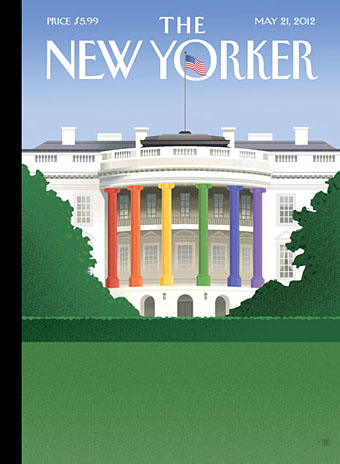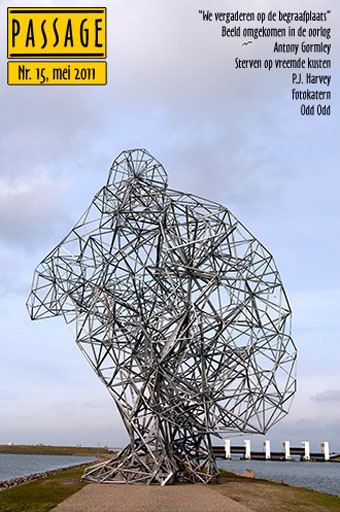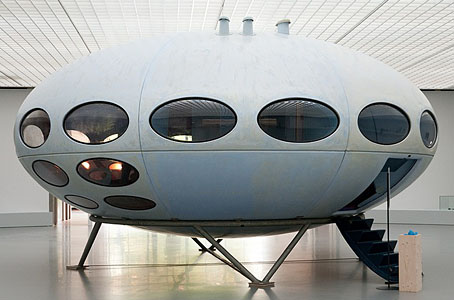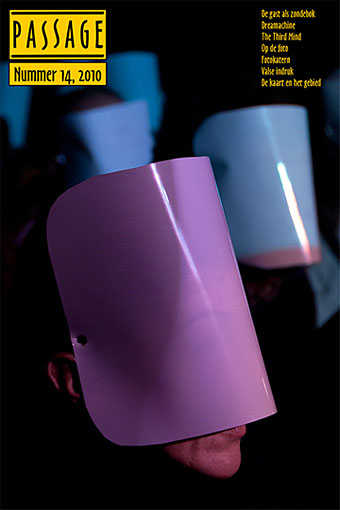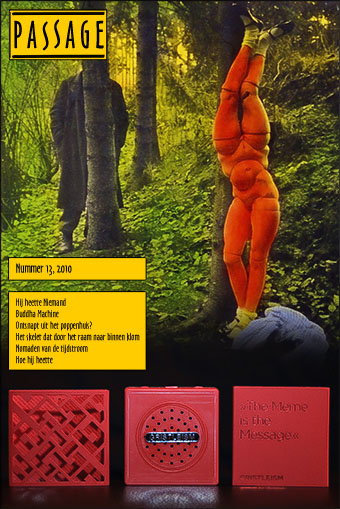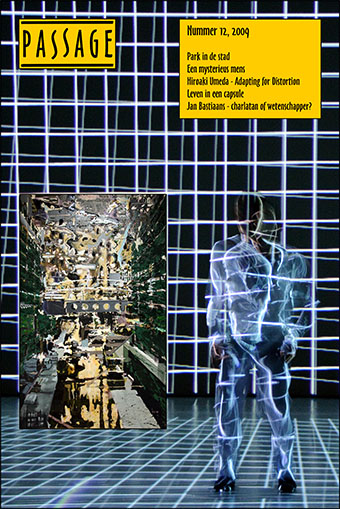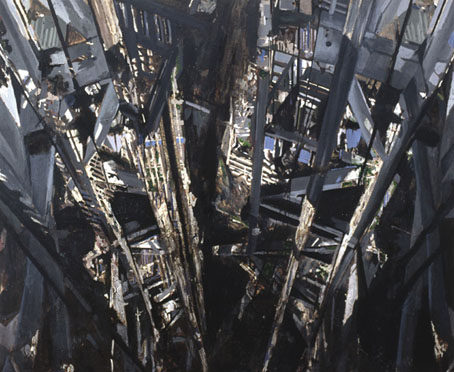Bob Staake’s cover illustration acknowledges President Obama’s statement last week in favour of gay marriages.
• Related to the above: Gay rights in the US, state by state, an infographic and a useful riposte to people like Orson Scott Card (yes, him again) who claim that gay Americans are equal in everything but the right to marry. On the same theme, “Now Obama’s come out on same-sex marriage, maybe so will I,” says Edmund White (yes, him again), and Eric Berkowitz, author of Sex & Punishment: 4,000 Years of Judging Desire, who writes that “In the period up to roughly the thirteenth century, male bonding ceremonies were performed in churches all over the Mediterranean.”
• The fifth edition of A Humument by Tom Phillips will be published soon by Thames & Hudson. The Tom Phillips website has just been relaunched in a form which now incorporates the notes I made in December about Phillips’ album cover designs.
• The Greenfriars are encouraging people to follow their example and get involved with their local communities (the habits are optional). Kudos for the choice of a Dürer knot.
The action centres on the arrival of a man who may or may not be a prophet, or the devil, or just a violent con-man, in a rotting, rain-drenched Hungarian hamlet. This is the “estate”, apparently some sort of failed collective, where all hope has been lost and all the buildings are falling down. It is inhabited by a cast of semi-crazed inadequates: desperate peasants cack-handedly trying to rip each other off while ogling each other’s wives; a “perpetually drunk” doctor obsessively watching his neighbours; young women trying to sell themselves in a ruined mill; a disabled girl ineptly attempting to kill her cat.
Sátántango by László Krasznahorkai is published in a new translation by George Szirtes
• The Quietus interviewed Kevin Shields following the long-awaited reissue of the My Bloody Valentine catalogue.
• The first volume of Russ Kick’s Graphic Canon (to which I’m a contributor) has been sighted in the wild.
• Rise of the Living Type: Stylised 17th century floriated letterforms & grotesque mask sprinkles.
• Ed Jansen’s Camera Obscura III, a tour of museums, galleries and venues, 2009–2011.
• io9 reports on the new translation of Roadside Picnic by Arkady & Boris Strugatsky.
• Shanghai Expression: Graphic Design in China in the 1920s and 30s.
• Liberty Realm, a monograph of drawings by Catharyne Ward.
• 100 mins of Adrian Sherwood‘s best dub productions.
• Strange Flowers checked into the Chelsea Hotel.
• Chelsea Girls (1967) by Nico | Chelsea Morning (1968) by Fairport Convention | Chelsea Hotel #2, Rufus Wainwright sings Leonard Cohen.

